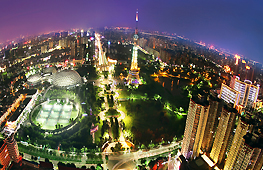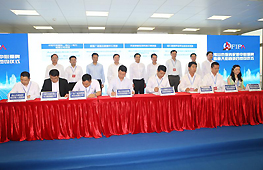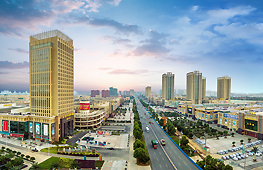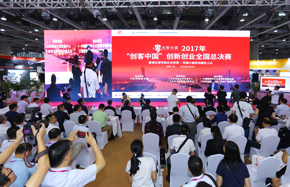Home of hybrid rice proceeds in modern farming growth
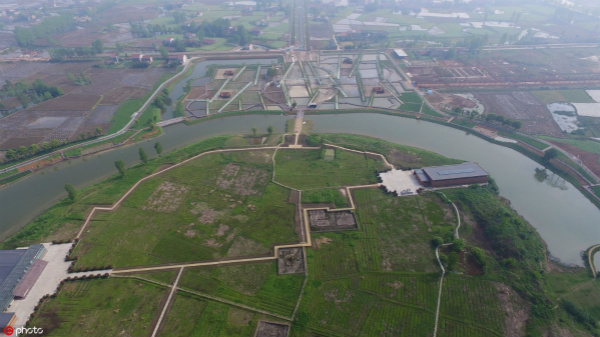 |
|
The Chengtoushan archeological site in Hunan province is acclaimed "China's first city". [Photo/IC] |
At the age of 89, Yuan Longping, known as the father of hybrid rice, is still tilling at a hybrid rice research center in Changsha, capital of the province. Almost half a century has passed since he developed the first strain of hybrid rice in 1970.
Yuan said he saw people die of hunger when he was young, and that has made him dedicate himself to increasing food production and helping combat starvation.
Thanks to the hard work of his team, hybrid rice now has a yield of up to 18 metric tons per hectare. And they came up with a new high-yield strain of rice that can grow in saltwater paddies in 2018.
Their experiment of planting saltwater-tolerant rice in desert areas of Dubai in the United Arab Emirates proved to be a success, with one type of rice yielding more than 7.5 tons per hectare, Xinhua reported.
The saltwater-tolerant rice is designed to grow in tidal flats or other areas with heavy salt content.
It was the world's first successful case of planting rice in a tropical desert area, standing as China's contribution to improve the capability of people in desert areas to be self-sufficient in staple foods.
By the end of 2018, farmers in more than 40 countries have planted more than 7 million hectares of hybrid rice.
Hunan province is offering a hand to train agricultural professionals from around the world.
One of them is a Cameroonian postgraduate student at Hunan Agricultural University.
Preferring to go by his Chinese name Chu Ke, which literally means Hunan plants, the 25-year old student said his biggest wish is to learn more about agriculture in the province and be a modern farmer back in Africa.
Hunan is one of the most productive crop planters in China. Its annual crop yields have stood at more than 30 billion kilograms for five years in a row.
The province's deep-rooted history of rice cultivation can be traced back more than 10,000 years, evidenced by relics unearthed in 1993 and 1995 at an archeological site in Daoxian county.
Nowadays, the province ranks among the top producers of rice, pork and aquatic products in the country and boasts high-level agricultural mechanization.
In a 2018 article, Du Jiahao, Party secretary of Hunan, said the province has made new major achievements in agricultural and rural development over the past few years.
Government data show that rural residents' average disposable income in Hunan increased 8.9 percent to more than 14,090 yuan ($1,970) in 2018 from a year earlier, and the proportion of poor people to the province's total population fell to 1.49 percent at the end of 2018 from 13.43 percent in 2012.
Looking forward, Du said: "Hunan will make further efforts to upgrade agriculture in a comprehensive way, push for new progress in rural areas and help farmers seek all-round development."






